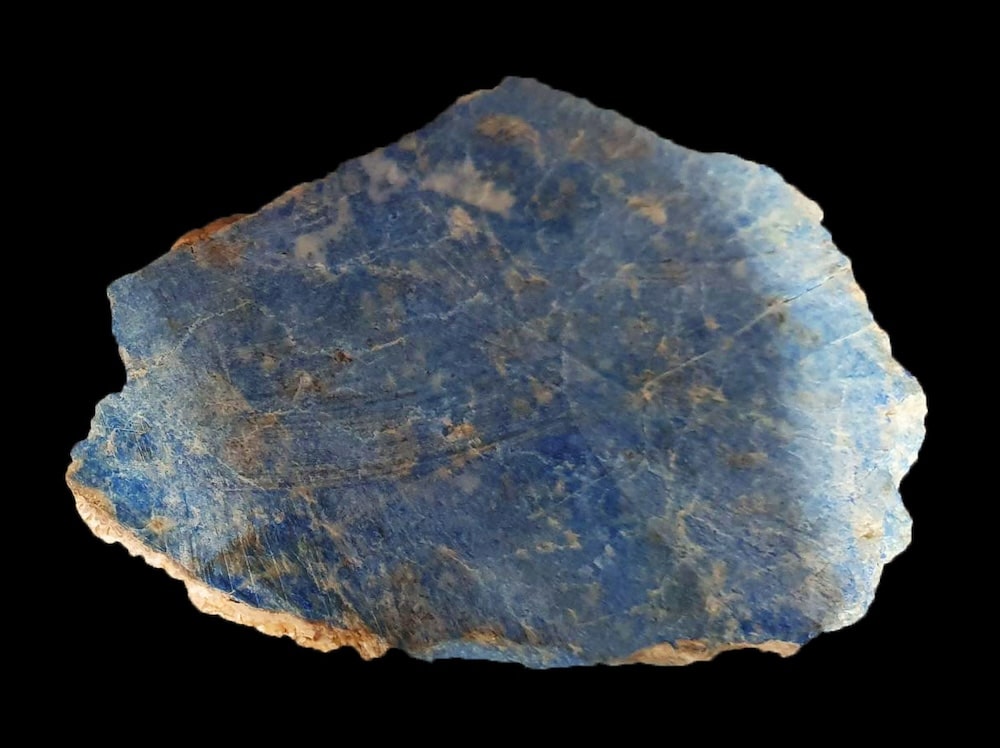Lapis lazuli
Lapis lazuli was significant for its rarity, intense blue color, and symbolic value.
The Egyptians were among the first to express great interest in lapis lazuli, using it in religious ceremonies and to decorate royal tombs. Lapis lazuli was associated with deities due to its sky-blue color, symbolizing truth and power.
The Greeks and Romans used it in jewelry and decorative objects. Due to its beauty and rarity, it was highly prized in Rome and was often used by the rich and powerful.
During the Middle Ages and Renaissance, interest in lapis lazuli grew due to its use in the creation of ultramarine, the most expensive pigment for painting. This pigment was reserved for the most important religious paintings and manuscripts, which further increased its value. Artists such as Michelangelo used this pigment to create their most important works, which further increased interest in this precious stone.
Today, lapis lazuli continues to be valued for its historical and aesthetic value. It is used in the making of jewelry, decorative objects, and works of art, and remains a symbol of luxury and sophistication.
The Egyptians were among the first to express great interest in lapis lazuli, using it in religious ceremonies and to decorate royal tombs. Lapis lazuli was associated with deities due to its sky-blue color, symbolizing truth and power.
The Greeks and Romans used it in jewelry and decorative objects. Due to its beauty and rarity, it was highly prized in Rome and was often used by the rich and powerful.
During the Middle Ages and Renaissance, interest in lapis lazuli grew due to its use in the creation of ultramarine, the most expensive pigment for painting. This pigment was reserved for the most important religious paintings and manuscripts, which further increased its value. Artists such as Michelangelo used this pigment to create their most important works, which further increased interest in this precious stone.
Today, lapis lazuli continues to be valued for its historical and aesthetic value. It is used in the making of jewelry, decorative objects, and works of art, and remains a symbol of luxury and sophistication.
